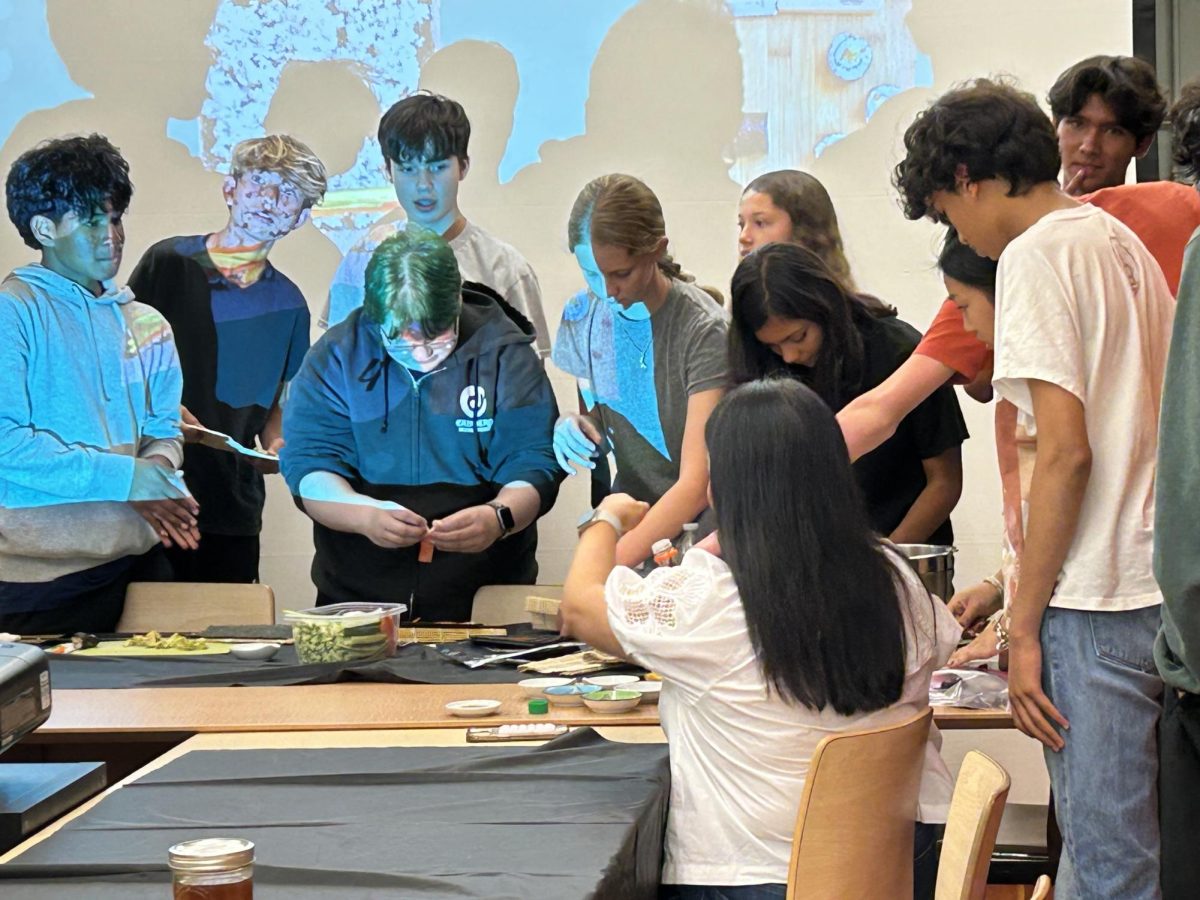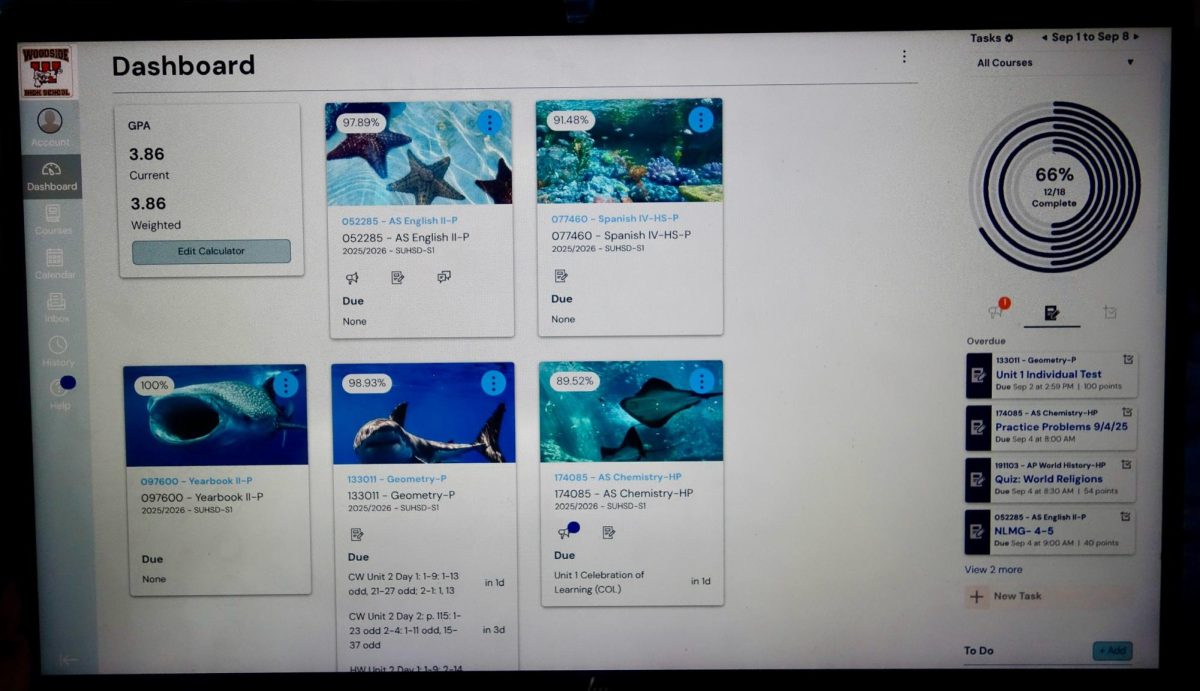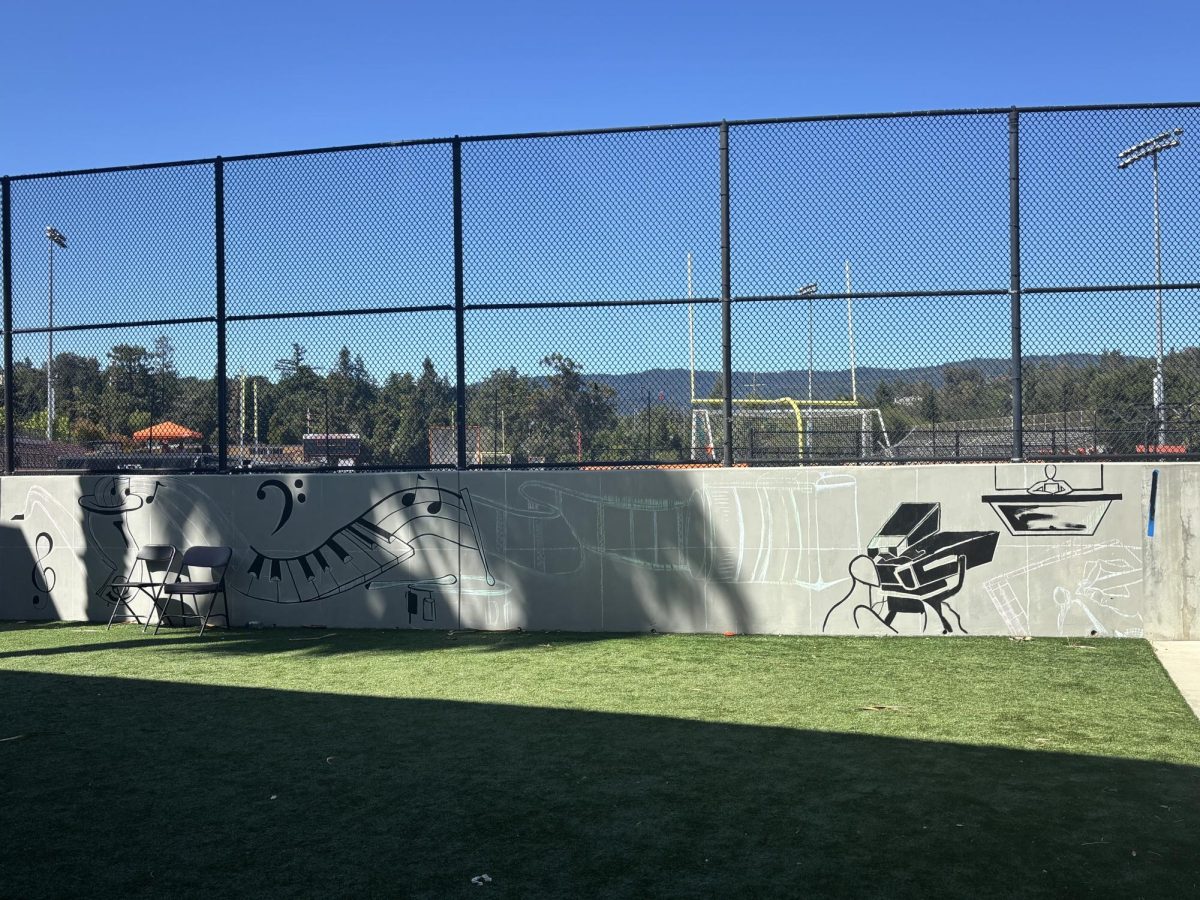Working students spanning across different career fields experience the workplace struggles between themselves, their bosses, and their work environment. The new school year brings a new batch of student employees.
For decades, high school students sought out jobs to support themselves, their families, or earn a little pocket money. Today, in the Bay Area student employees earn $15 to $30 hourly in the food industry, $15 to $20 as sports instructors, and $15 to $23 as interns. Accounts of three Woodside students dig deeper into the professional world of teenagers.
Senior Gabriel Perez works as a media literacy intern as a paid video editor. As the hours of work increase, his pay does not.
“I have been waiting three weeks to receive my paychecks for the last two jobs I’ve had,” Perez said. “I get paid $150 per video…it has taken me on average about 15 hours to complete each video.”
With discrepancies between managers and employees regarding hours and compensation, students point to the discrepancies in their workplaces.
“It’s just very inefficient…It’s less than minimum wage,” Perez said “I like [working] sometimes, but…it’s disheartening for someone who likes to [edit videos].”
While pushing through the conditions of his internship, Perez describes an issue of “Adult-splaining.”
“I’ve been doing video editing since I was in the seventh grade,” said Perez. “They treat me like I’m just starting out…I hate being treated like I don’t know what I’m doing.”
Anabelle Bechtel, a soft-serve ice cream maker and cashier recounts the lack of understanding from her employers.
“My manager…schedules me super late, which I don’t super feel respected for,” Bechtel said.
Bechtel works at a downtown Palo Alto dessert shop called Sumi Sumi. She describes her typical Sunday night and Monday morning as follows:
“I work really late shifts,” Bechtel said. “So even with the [late start], I still wake up and just don’t want to go to school, and I don’t have time over the weekend to do homework.”
Both Perez and Bechtel describe a lingering feeling of stress around the balance of school and work. However, senior Niketh Keshavan finds being a fighting sports instructor as mostly stress-free.
“[I got] most of my work done in school last year” Keshavan said. “I had seven classes, and I was working similar hours. I feel like it’s not bad…if you just optimize [doing your] homework…when you start working, just get everything done, and then be done with it.”
Bechtel employs a similar process in separating her school and work life while Perez has felt overwhelmed about his demanding experience with work and school.
“During my junior year, I had a lot of…difficult classes I was taking and [the internship]…definitely added a bit of stress,” Perez said.
Perez’s method of keeping up with both entailed giving up time typically used for leisure and hobbies.
Despite the struggles of being an employed student, Perez, Bechtel, and Keshavan all find reason to stick with their jobs. Besides the obvious upside of collecting occasional pocket money, student employees also find fulfillment and knowledge from their jobs.
“I really liked that I now have this new set of skills,” Bechtel said. “I’m a lot better at handling different people in different scenarios. [It’s] super helpful [in] everyday life, no matter what. I think that’s my favorite part about my job.”
Keshavan feels rewarded by using their hobbies and passions to give back to the community.
“Because I’ve always been involved with fighting sports my whole life, it’s nice to be able to teach that,” Keshavan said. “I like giving back and I feel like it’s not really work to me, but it’s obviously nice that I get paid.”
Bechtel concludes how students juggle different approaches and mindsets through the ups and downs of their academic and professional lives.
“Once you find those [employers] who understand and will help you…It’s the perfect fit and so worth it in the end.”












